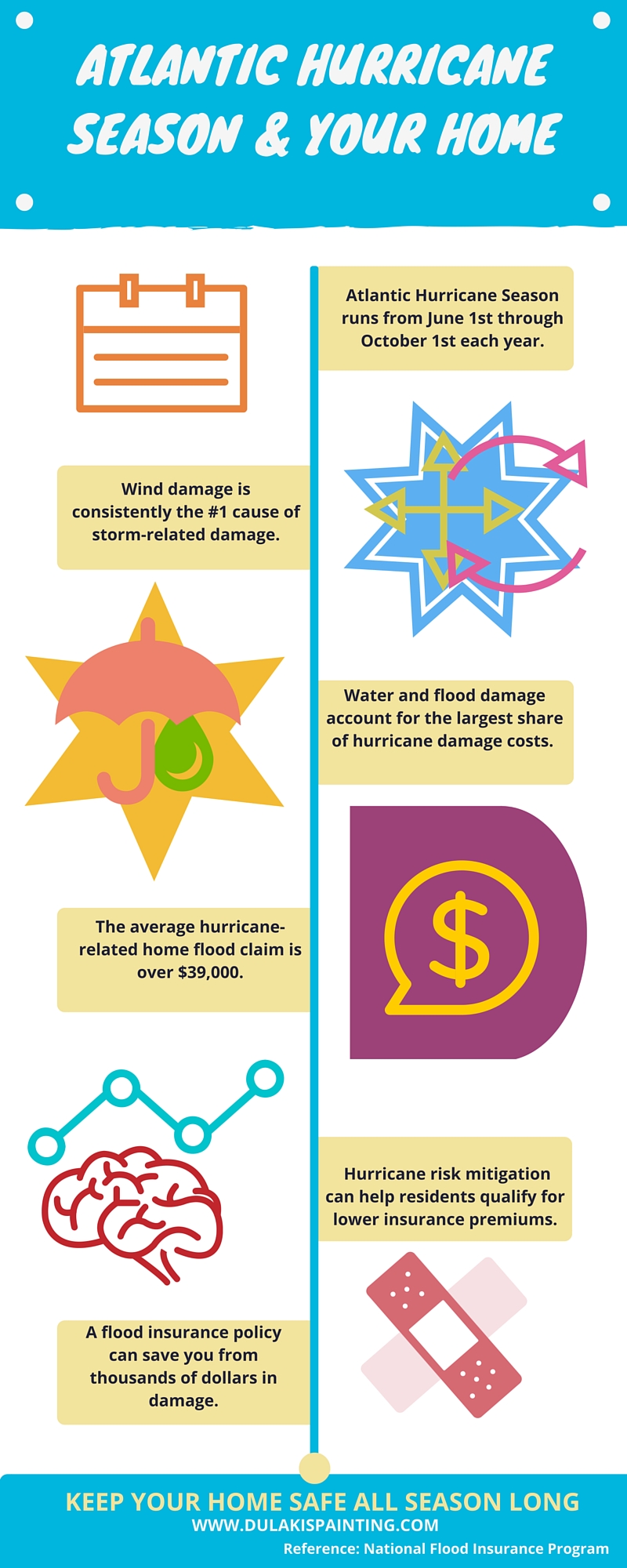Explore The Role Of Seasonal Consider The Success Of Industrial Outside Paint And Uncover The Most Effective Times To Safeguard Lasting Outcomes For Your Job
Explore The Role Of Seasonal Consider The Success Of Industrial Outside Paint And Uncover The Most Effective Times To Safeguard Lasting Outcomes For Your Job
Blog Article
Personnel Writer-Regan Skafte
When you're planning an industrial external painting task, seasonal variables can make or break your results. You'll want to take into consideration exactly how temperature and moisture influence paint application and drying out times. Selecting the right period can ensure your paint adheres correctly and lasts longer. But which periods are really the very best for this kind of job? Allow's discover the crucial elements that can impact your job's success.
The Influence of Temperature on Paint Application
When you're intending an industrial exterior painting task, the temperature level can considerably influence exactly how well the paint adheres and dries out.
Ideally, you wish to repaint when temperatures vary between 50 ° F and 85 ° F. If it's also chilly, the paint may not treat properly, resulting in issues like peeling off or breaking.
On the other hand, if it's too hot, the paint can dry out too promptly, avoiding proper adhesion and causing an uneven finish.
You ought to also think about the moment of day; early morning or late afternoon offers cooler temperature levels, which can be a lot more beneficial.
Always inspect the producer's suggestions for the particular paint you're using, as they usually give guidance on the optimal temperature variety for optimum results.
Moisture and Its Effect on Drying Times
Temperature level isn't the only environmental element that affects your commercial exterior paint job; humidity plays a considerable function also. High humidity degrees can slow down drying times significantly, affecting the total top quality of your paint task.
When the air is saturated with dampness, the paint takes longer to treat, which can cause issues like poor attachment and a higher threat of mildew growth. If you're repainting on a particularly damp day, be gotten ready for prolonged delay times between coats.
It's important to keep an eye on regional climate condition and plan accordingly. Preferably, go for moisture levels in between 40% and 70% for ideal drying.
Keeping these factors in mind guarantees your project stays on track and delivers a long-term coating.
Best Seasons for Commercial Outside Paint Projects
What's the very best season for your commercial external paint tasks?
Springtime and early fall are normally your best choices. During https://dallaszjsbi.blogrelation.com/40590504/expert-tips-for-a-smooth-collaboration-with-residence-painters , temperature levels are mild, and humidity degrees are usually lower, developing perfect problems for paint application and drying out.
should ceiling be painted same color as walls , which can trigger paint to dry also swiftly, resulting in inadequate attachment and surface. Likewise, wintertime's chilly temperature levels can prevent proper drying and healing, taking the chance of the durability of your paint job.
Go for days with temperature levels between 50 ° F and 85 ° F for ideal results. https://wgntv.com/morning-news/mr-fix-it/indoor-painting-tips-with-mr-fix-it/ in mind to examine the neighborhood weather forecast for rainfall, as wet conditions can ruin your task.
Planning around these elements ensures your painting project runs smoothly and lasts longer.
Conclusion
Finally, planning your business outside painting projects around seasonal considerations can make a significant difference in the end result. By organizing job throughout the suitable temperature levels and humidity degrees, you'll make sure better bond and drying out times. Bear in mind to watch on regional weather prediction and choose the right time of year-- springtime and early fall are your best choices. Taking these steps will help you accomplish a durable and professional coating that lasts.
